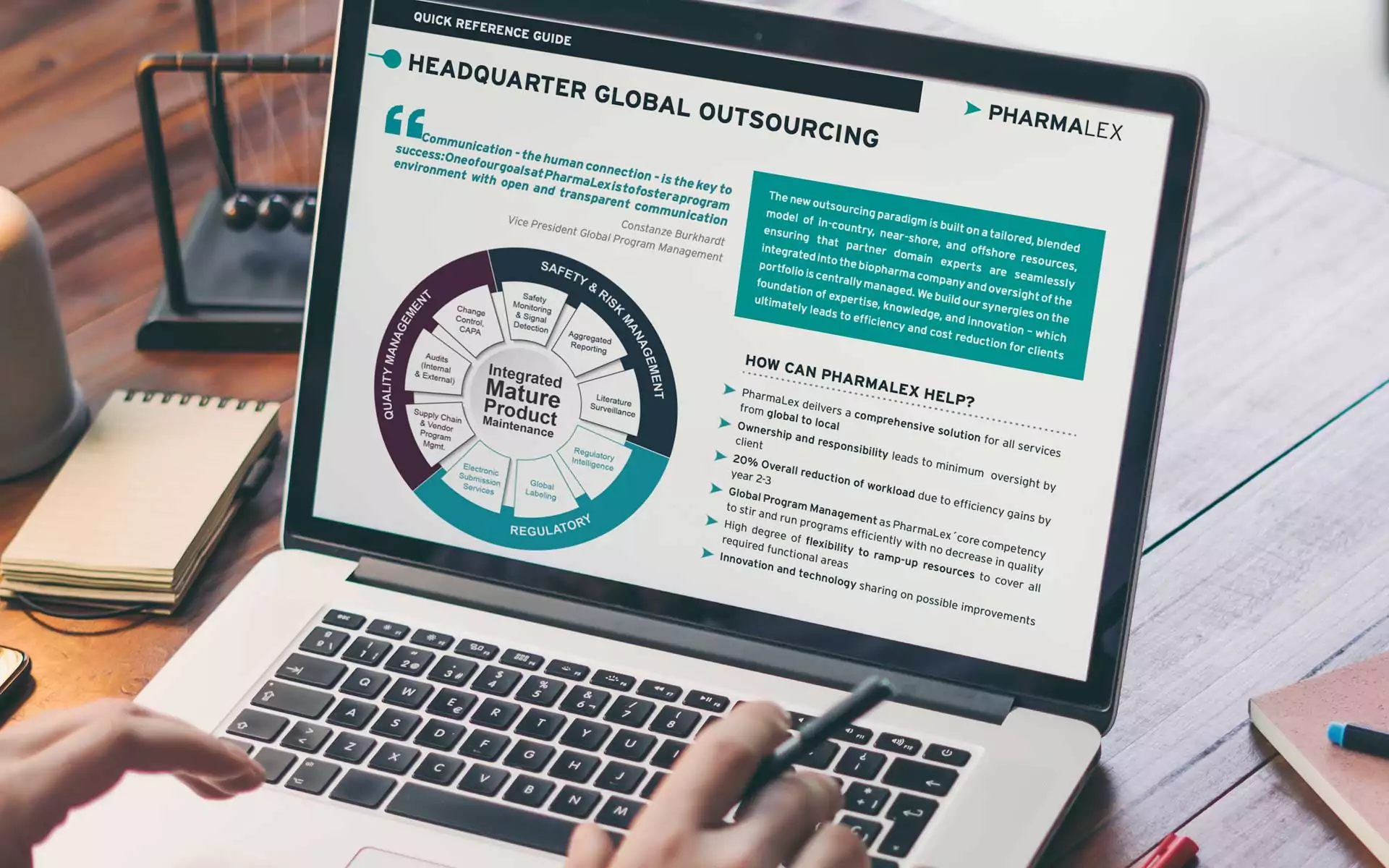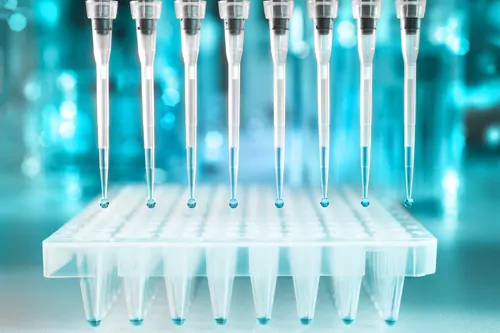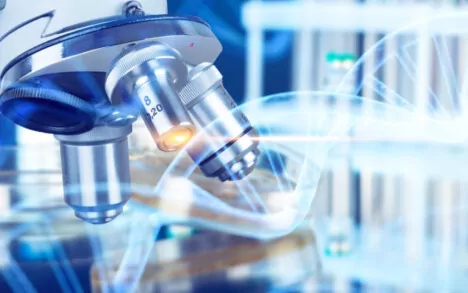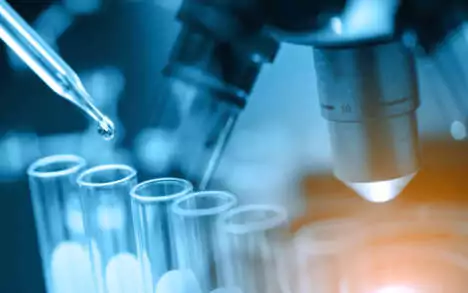Authors: Cori Gorman, Principal Consultant and Brennan Allen, Biopharma Excellence Trainee
In 2006, the EMA awarded the first biosimilar drug approval to Sandoz’s Omnitrope, a human growth hormone. The first FDA approval came almost a decade later; in 2015, the agency approved Zarxio. As of December 2022, 86 EMA-approved and 45 FDA-approved biosimilars are on the market, accounting for about 90% of the global market combined (1). Still, as the development of biosimilar drugs grows worldwide, in jurisdictions that include Canada, Australia, Japan, MENA, Saudi Arabia, Iran, Turkey, Argentina, Brazil, Chile, and Columbia (2), challenges to develop, market, and sell these products contribute to a slower-than-anticipated increase of new development programs particularly within the US where a widespread opportunity remains to be accessed (3).
An Untapped Market
While the size of the biosimilars market is predicted to almost quadruple between 2022 and 2028 (4), several factors have contributed to a high development barrier of these products, none of which have proven to be more critical than the high cost of clinical investigations (4) and large-scale efficiency trials to compare the biosimilar to the originator drug. In the US, the cost of biosimilar development is estimated to be $100-200 million per product, which excludes most small and medium-sized developers and only allows primarily Big Pharma to enter this space. Fortunately, recent updates in an FDA publication have shown a different outlook on the future of these large-scale trial requirements that could start an uptick of biosimilar development in the US, tapping into this vast market opportunity (5).
A New Outlook
1. Development Requirements
A new perception of biosimilar development requirements has emerged following the publication of FDA Guidance, Pharmacodynamic Biomarkers: Their Role in Biosimilar Product Development, that could enable a faster and more affordable approval process (6). The FDA and EMA have always required in-depth analytical testing to demonstrate that a biosimilar’s structure is similar to an originator drug, usually consisting of around 25-71 tests (5). The new guidelines signify the possibility of streamlining the requirement for clinical data, provided other supportive data are available (6).
The FDA agrees that biosimilars may be approved based on PK and PD biomarker similarity data as long as comparative safety and immunogenicity studies are included. Analytical testing is now based on an overall “analytical assessment,” which must conduct side-by-side tests assuring limited variability. PK and PD biomarker data in healthy participants or patients enables shorter and less expensive clinical investigations and has been shown to be a reliable approached in demonstrating biosimilarity
(6).
The approval of Amgen’s biosimilar bevacizumab, ABP 215, is a perfect example. Many antibody drugs display clinical activities that include effector function activity upon binding to target cells, known as antibody-dependent cell-mediated cytotoxicity (ADCC), and rely on particular glycans to be expressed. However, bevacizumab acts by selectively binding circulating VEGF, thereby inhibiting the binding of VEGF to its cell surface receptors. Bevacizumab does not bind directly to the cell surface, so minor changes to glycans of the antibody’s effector function do not affect the clinical activity of the drug. Such a similarity assessment plan to test biosimilarity is focused on structural/physicochemical and functional similarity as judged by clinical activity. Therefore, any differences between ABP 215 and bevacizumab were assessed based on potential to impact clinical activity and variations in glycan composition (7).
These changes, in addition to the fact that animal studies are no longer required to be included in toxicity studies, are expected to drop development costs to less than $30 million for products where Phase III studies are not required or $50 million where they are, with a wide margin based on the indications; oncology drugs with efficacy testing form the highest cost development (8).
2. Interchangeable Biosimilar Studies
Agencies like the EMA and MHRA consider biosimilars interchangeable, even with other biosimilars. However, the FDA has required additional data for a biosimilar to be considered interchangeable with the original product, a unique issue with no scientific rationale. There is a new Bill in the US Senate proposing the removal of the need for “interchangeable” biosimilar studies (9), which could further reduce developmental roadblocks.
3. Evergreening Patents
Patents have limited the number of approved biosimilars available in the US, requiring developers to negotiate with patent-holders to launch the drugs. AbbVie’s use of evergreening patents has blocked the commercial launch of adalimumab, the biosimilar of Humira. Amgen was the first to settle with Abbvie and get the earliest US Humira biosimilar launch date of January 31, 2023, despite receiving FDA approval in 2016 (10). This year, Samsung Bioepis followed with a deal allowing Merck, its marketing partner, to launch a biosimilar in the US on June 30, 2023 (11).
There is hope that this legal loophole of evergreening will soon become obsolete. In January 2023, the Affordable Prescriptions for Patients Act of 2023 was introduced in the US Senate, seeking amendments to make product hopping an antitrust violation and to limit the number of patents a brand name drug manufacturer can use in a lawsuit (12).
The Future of Biosimilars
Since biosimilars first emerged, these hurdles have slowed them from reaching market potential, particularly in the US. Fortunately, these updates are beginning to create opportunities in this space and could reduce the US drug expenditure by $133 billion by 2025 (13). It is time for developers to take advantage of this evolving field and help biosimilars reach their full potential for patient benefit worldwide.
References
1. The Coming of Age of Biosimilars https://encyclopedia.pub/entry/22328
2. The Global Landscape of Manufacturers of Follow-on Biologics: An Overview of Five Major Biosimilar Markets and 15 Countries https://www.ncbi.nlm.nih.gov/pmc/articles/PMC9971138/
3. The Biosimilar Landscape: An Overview of Regulatory Approvals by the EMA and FDA https://www.ncbi.nlm.nih.gov/pmc/articles/PMC9971138/
4. Biosimilars-Market-Size-Worth-136-Billion-by-2028-Lead-by-Intravenous-Segment-36-CAGR-Exclusive-Research-Study-by-The-Insight-Partners.html https://www.globenewswire.com/news-release/2023/02/27/2616000/0/en/
5. The Coming of Age of Biosimilars: A Personal Perspective https://www.mdpi.com/2673-8449/2/2/9
6. Pharmacodynamic Biomarkers: Their Role in Biosimilar Product Development https://www.fda.gov/drugs/news-events-human-drugs/pharmacodynamic-biomarkers-their-role-biosimilar-product-development
7. Analytical and functional similarity of Amgen biosimilar ABP 215 to bevacizumab MAbs. 2018 May-Jun; 10(4): 678-691. https://www.ncbi.nlm.nih.gov/pmc/articles/PMC5973752/
8. Biosimilars Adoption: Recognizing and Removing the RoadBlocks https://www.ncbi.nlm.nih.gov/pmc/articles/PMC10106314/
9. US Bill Seeks To Eliminate Biosimilar Interchangeability Trial Burden https://generics.pharmaintelligence.informa.com/GB152310/US-Bill-Seeks-To-Eliminate-Biosimilar-Interchangeability-Trial-Burden
10. Amgen And AbbVie Agree To Settlement Allowing Commercialization Of AMGEVITA https://www.amgen.com/media/news-releases/2017/09/amgen-and-abbvie-agree-to-settlement-allowing-commercialization-of-amgevita/
11. AbbVie Announces Global Resolution of HUMIRA® (adalimumab) Patent Disputes with Sandoz https://news.abbvie.com/news/abbvie-announces-global-resolution-humira-adalimumab-patent-disputes-with-sandoz.htm
12. Affordable Prescriptions For Patients Act Of 2023: Congress’s Effort To Reduce The Impact Of Patent Evergreening On Drug Prices http://www.fordhamiplj.org/2023/03/13/affordable-prescriptions-for-patients-act-of-2023-congresss-effort-to-reduce-the-impact-of-patent-evergreening-on-drug-prices/
13. 2022 Biosimilars Report: The U.S. Journey and Path Ahead https://www.cardinalhealth.com/content/dam/corp/web/documents/Report/cardinal-health-2022-biosimilars-report.pdf








